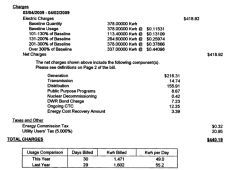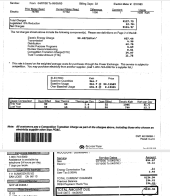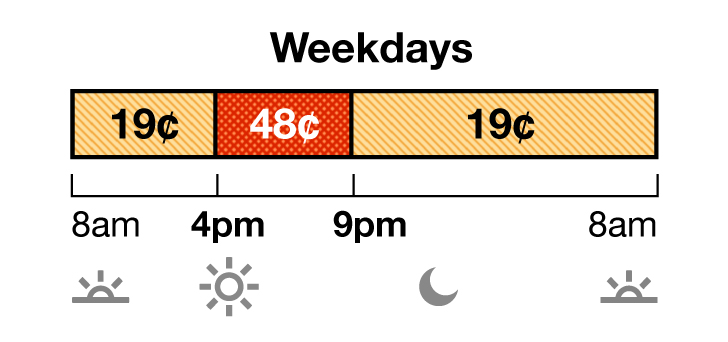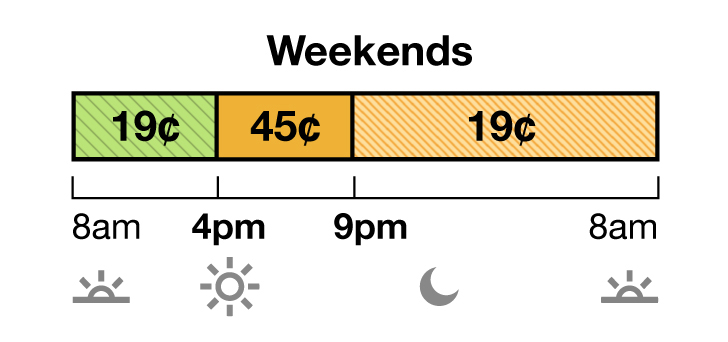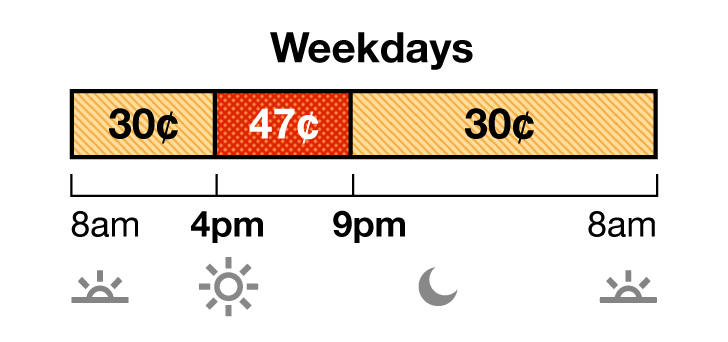wattmatters
Solar Wizard
Well when you have some of the world's largest coal reserves, it should come as no surprise we are late to the party in weaning off the carbon.With all that sun you guys should have been on that path a long time ago.
That said, Australia has 50% more rooftop solar PV installations than the entire USA. So we are not exactly all that far "behind". Indeed per capita we have more solar PV than any nation on earth. 1 in every 4 homes has a solar PV system and 12% of our entire national grid energy demand is supplied by solar PV (plus 15% of the WA grid) and it is growing rapidly. 10 years ago it was 0.5%
Don't forget the cost of solar PV even a decade ago was considerably more expensive that it is today.
We are undergoing a rapid electrical energy transformation.
Early days but landfill for turbines is not exactly a big problem here. If it's not economic to recycle them, they'll just get buried. As waste, turbines are pretty benign. Batteries are pretty new such that recycling isn't a big thing, however a couple of local lithium battery recycling centres have begun operation. We are also seeing some PV recycling centres commence operation.How are you handling the recycling of the turbine Blades and battery’s?
But the waste stream from renewables is tiny compared to the waste from our coal plants, which is the nation's single largest sources of waste. Just one coal power station ash waste dump would be far larger and more toxic than generations of turbines, PV panels and batteries combined will ever be.





